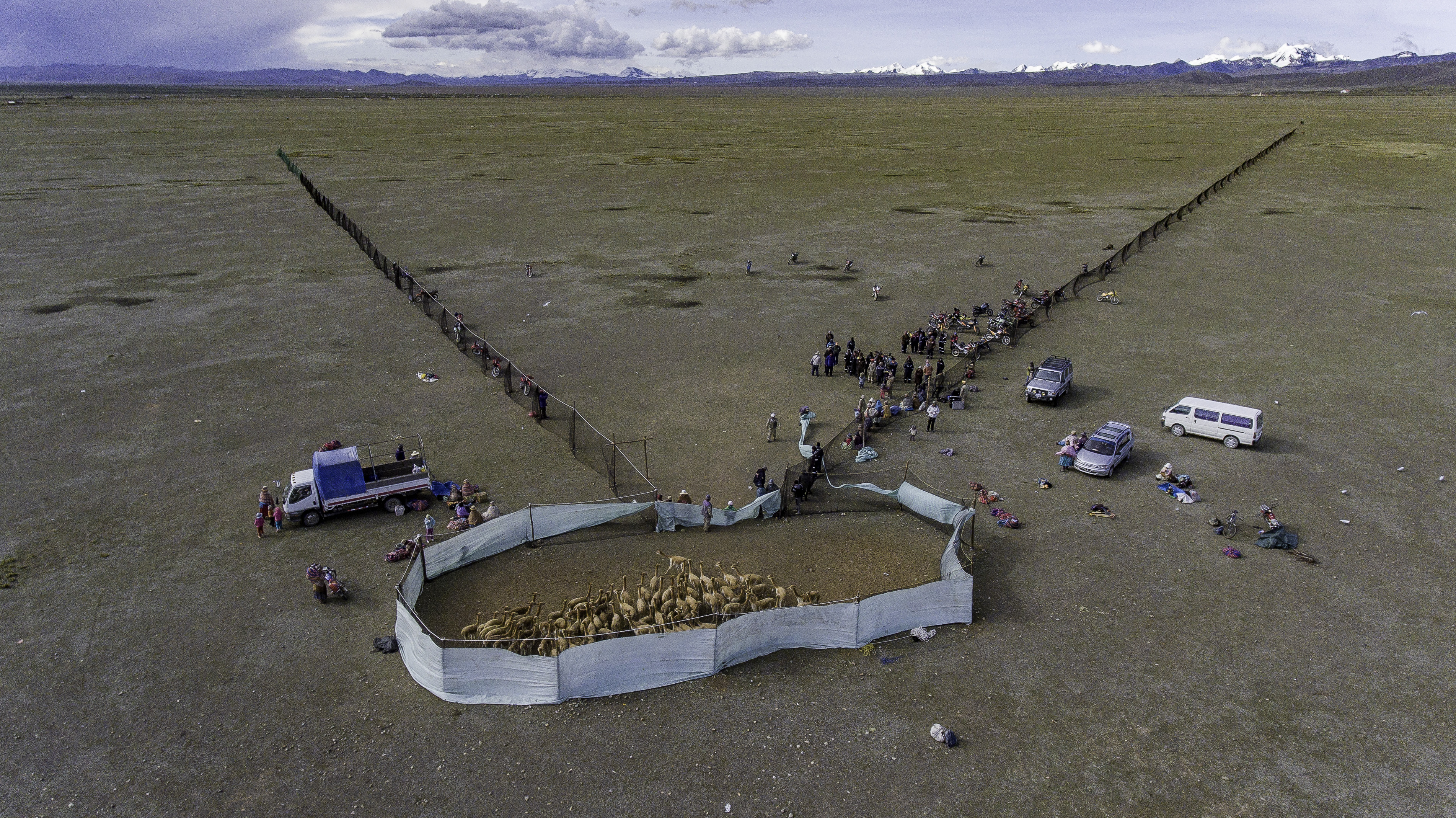Building long-term, multi-sectoral, trans-disciplinary partnerships and capacities
Building long-term partnerships and capacity for multi-sector surveillance of zoonotic diseases along wildlife trade chains promotes and supports effective One Health collaboration from the spillover frontlines to national and international policy makers, and improved understanding of pathogen diversity, disease dynamics and potential risks posed by wildlife trade. Platforms for regular multi-sector discussion between animal health, environment, enforcement, and human health sectors, as well as with and amongst international and multi-lateral partners, is essential for open discourse and sharing of information on the risks, challenges and opportunities for pandemic prevention. This is critical to improve cross- sectoral trust, understanding, communication and coordination to increase opportunities for effective legislative change and cultural shifts.
Openness of host governments to coordination between environment, law enforcement, animal health and human health sectors and investment of time and personnel from those sectors in wildlife surveillance for One Health intelligence; patience; funding; One Health coordination platforms
Trans-sectoral coordination and support from the government is essential from the beginning to ensure effective surveillance for diseases of zoonotic origin along wildlife trade chains and to promote understanding and sharing of findings. Openness of national governments to make science-based policy changes to reduce health risks posed by wildlife trade is essential for meaningful, long-term impact.
